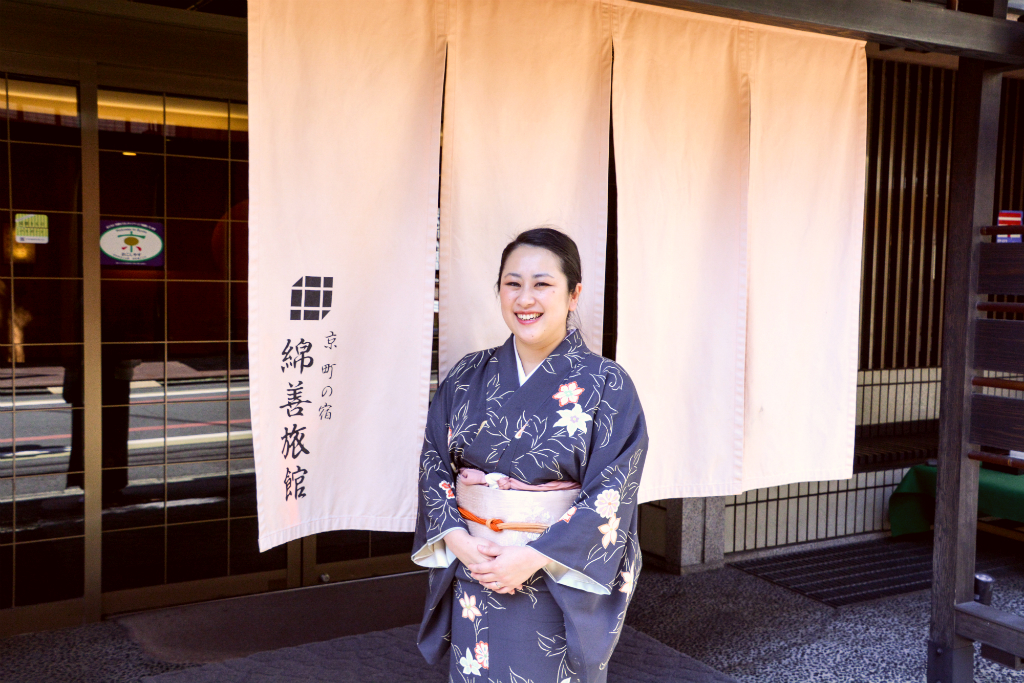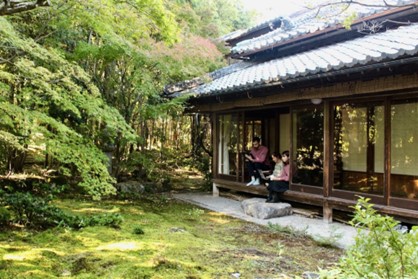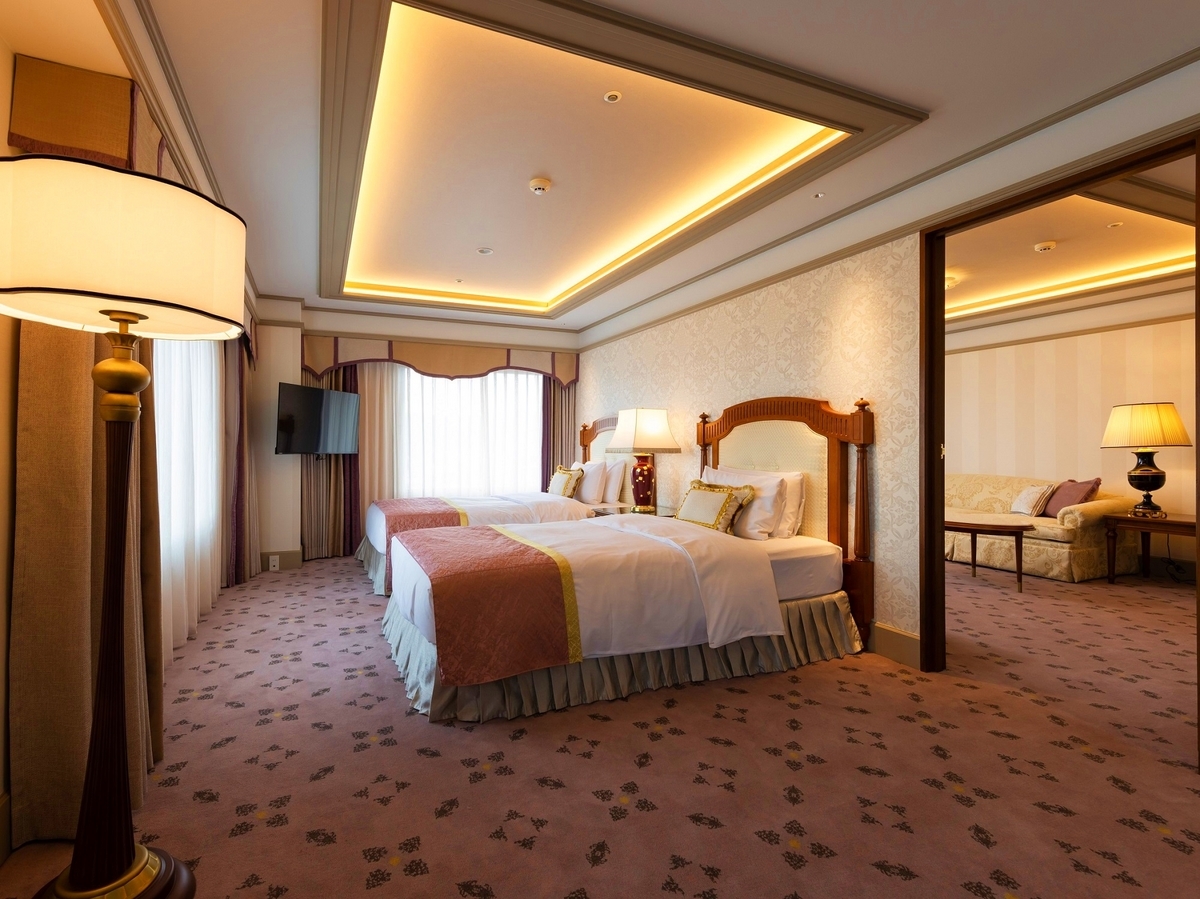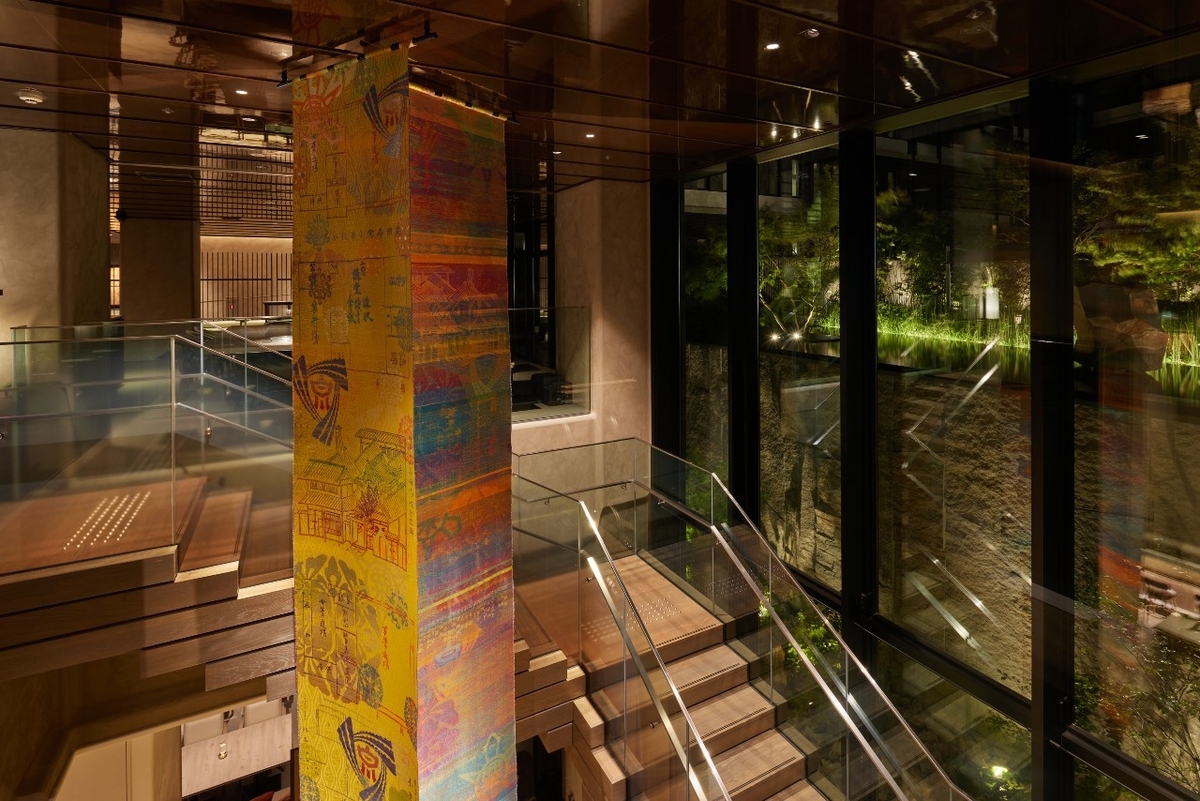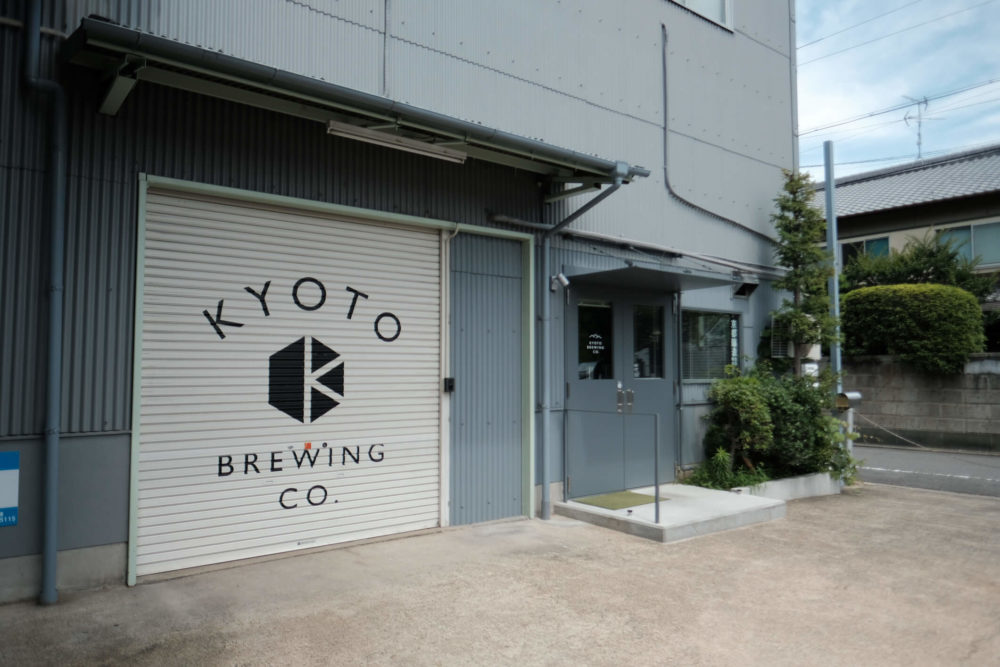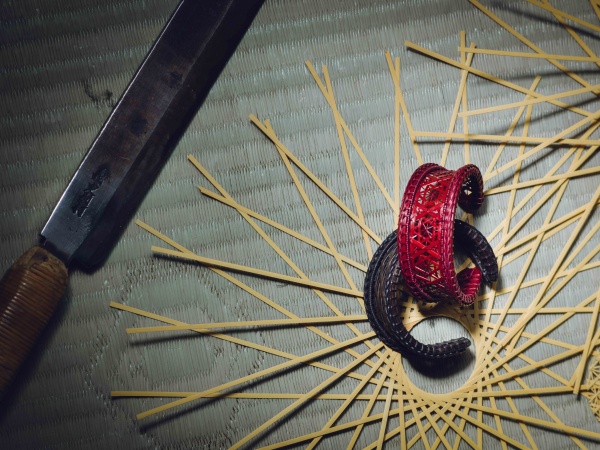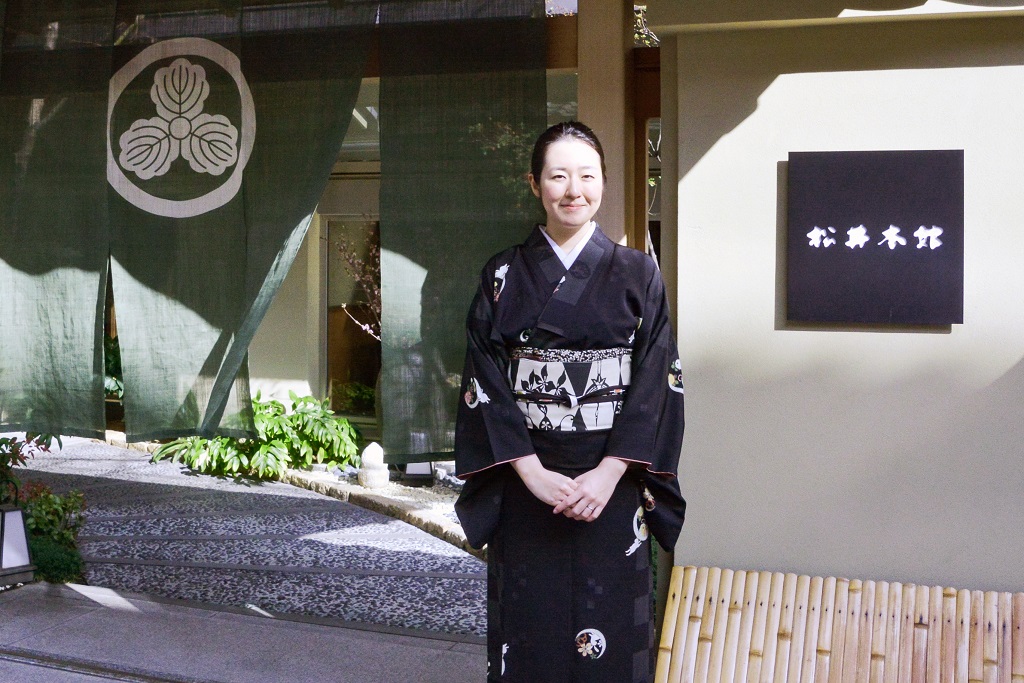
It’s an essential part of the Kyoto hospitality experience: resting on smooth tatami with their gentle fragrance, dining on sumptuous but intimate multi-course kaiseki meals served hot in your room, and soaking in a natural hot spring bath. Traditional ryokan inns are an amazing experience, and there’s no better place to spend the night in one than in the historic city of Kyoto!
Ryokan are more than just a place to spend the night—visiting one is a special event in and of itself. A stay at a ryokan often includes breakfast and dinner, though many establishments also offer choices of only one meal with your room, or no meals at all. Ryokan meals are often multi-course, decadent kaiseki affairs, and an amazing chance to try some beautiful Japanese cuisine—served directly to you in your room!
During your stay, you may come across the young ladies who manage the ryokan affairs. These women are known as waka okami, and are usually the younger members of the family that run the ryokan (ryokan are traditionally run by families, and passed on through the generations).
Meeting a Waka Okami: Momoka Matsui
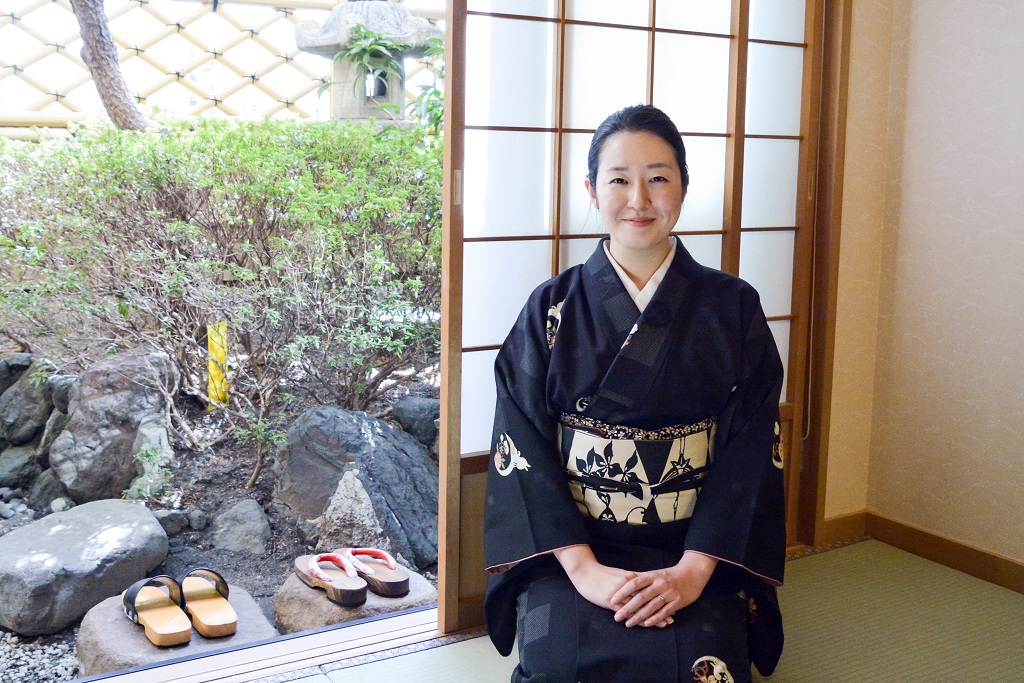
The waka okami at Matsui Ryokan is Momoka Matsui, whose great grandfather founded Matsui Ryokan. Born and raised in Kyoto, after university, she went to work in sales at a travel agency, and later in the wedding industry, at a company that also works to preserve machiya and other historic buildings.
Through all that time, Momoka stayed in Kyoto, where she always planned to return to her family’s ryokan. Her mother is the okami, the owner. As the waka okami, or young okami, Momoka works closer to guests on the ground, and also manages outside sales. This kind of family management structure is typical of ryokan in Japan.
Momoka says that she loves to travel, and often goes to visit other ryokan on her days off. “It’s interesting to see what they do at other ryokan,” she says, “and see what kind of good points I can bring back to my own ryokan.”
Recommendations from the Waka Okami
Momoka Matsui herself loves eating out around Kyoto, and her knowledge about local dining can turn into invaluable advice for guests.
Aside from restaurants, “I find it very relaxing to go to Inoda Coffee and have some coffee and a piece of cake,” she says, referencing a favorite of many Kyoto-ites.

As for some of her other recommendations? “There’s a little shop just in front of Matsui Ryokan, Suzuki Shofudo, that sells items made with Japanese paper.” These can make for some lovely little souvenirs! “Bel Amer, the nearby Kyoto chocolate shop, is very popular with our Japanese customers.
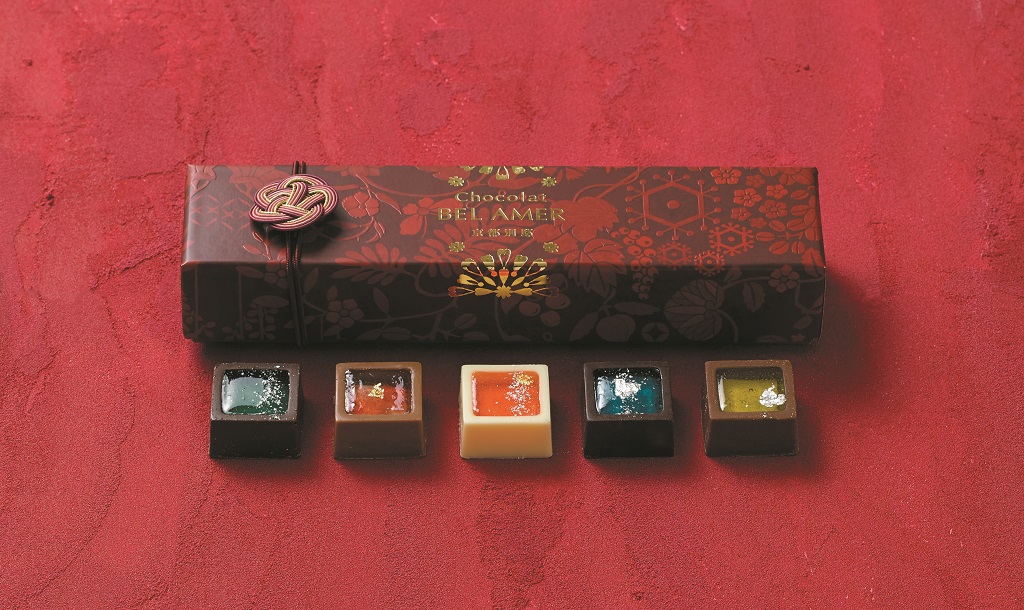
I also recommend visiting Nishiki Market, and the Benjamin Steak House near Daimaru Department Store!
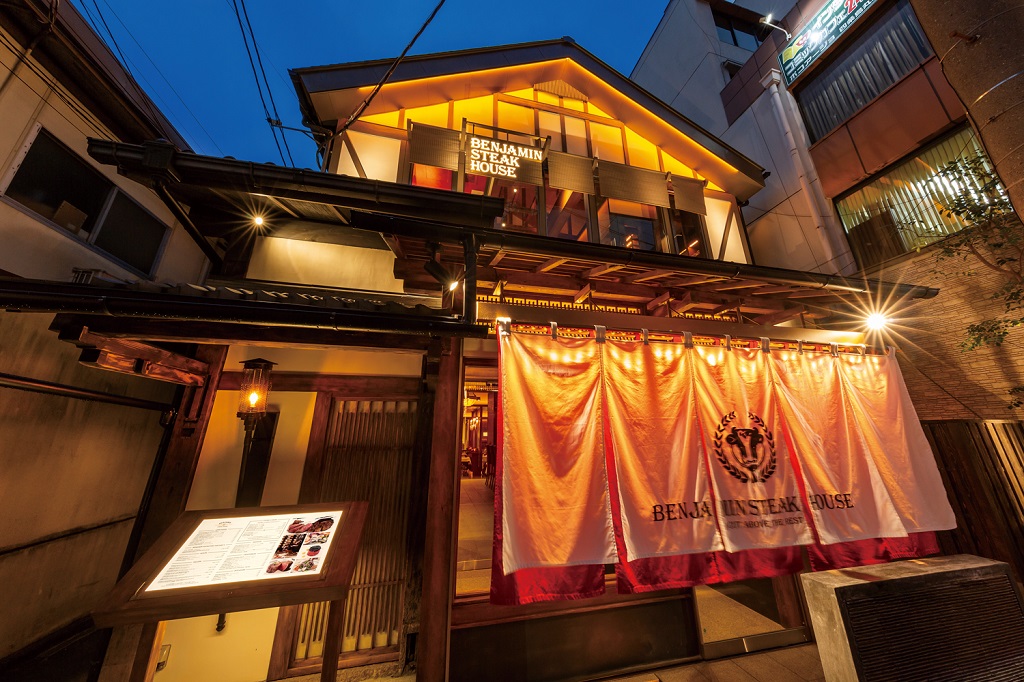
Locations (Google Maps):
Inoda Coffee
Suzuki Shofudo
Bel Amer
Nishiki Market
Benjamin Steakhouse
“I would love people who don’t know much about ryokan to come and stay at Matsui Ryokan. Even if there’s some aspect you’re nervous about, maybe sleeping on a futon, we can make adjustments for that, add more layers, etc. There are a lot of unique things about staying in a ryokan that I’d love for people to experience.”
Inside a Ryokan
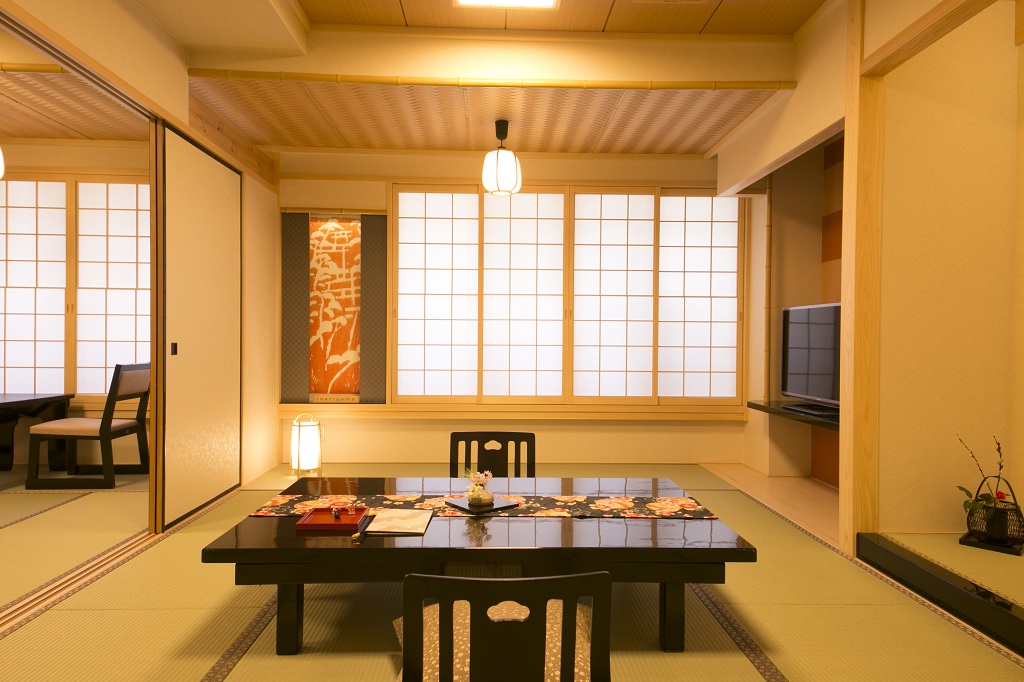
Nowadays, ryokan offers a variety of styles of modern rooms, as well as both Western- and Japanese-style in-room dining. Guests can choose to have no meals, only breakfast, or both breakfast and dinner. At Matsui Ryokan, both sukiyaki and luxurious kaiseki dining are available. Kaiseki meals are sumptuous and feature many courses, but, as Momoka says with a smile, if you’re worried about offending Japanese customs, “If you’re feeling like you just can’t finish every little thing in a kaiseki meal, it’s perfectly okay.”
Some of the styles of room you might find in a ryokan are both the traditional tatami variety (in which guests sleep on soft, Japanese futon laid out on the floor), as well as combination tatami and Western-style rooms, which feature beds. Sometimes, like in Matsui Ryokan, where Momoka Matsui works, you may find a completely wheelchair-accessible barrier-free room, with wide hallways, easy elevator access, a specially-outfitted bathroom, and beds whose position can be automatically adjusted.
If you’re feeling uneasy about how to use the public baths, the staff at your ryokan should be happy to answer any questions you might have.
Matsui Ryokan
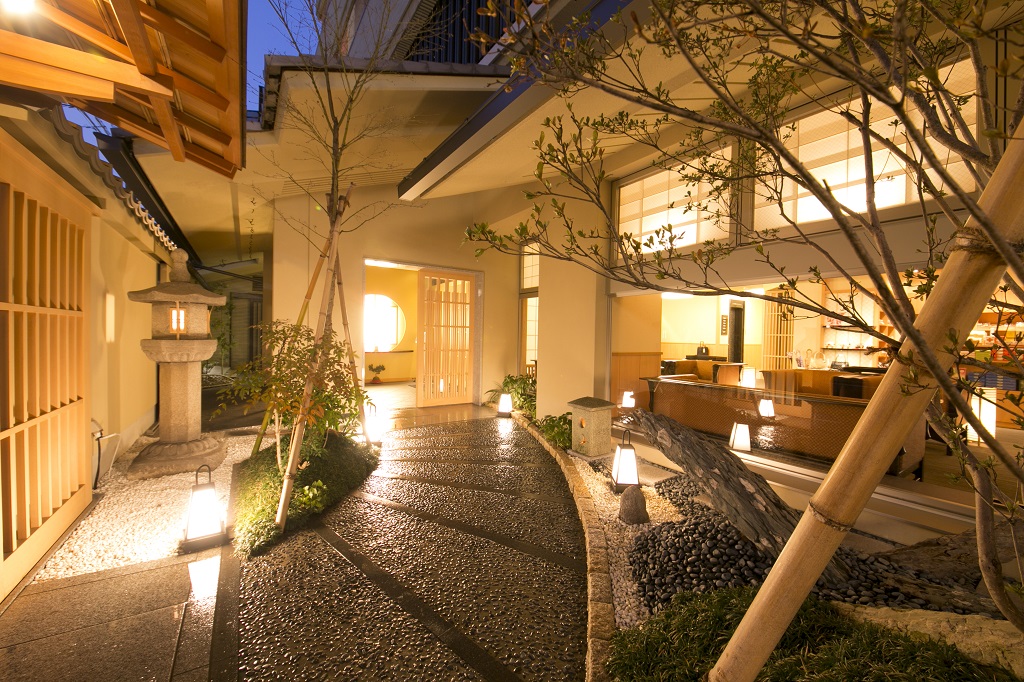
It’s been 86 years since Matsui Ryokan opened, and the establishment has passed through 4 generations. The ryokan is located in Kyoto’s downtown area, near Kawaramachi, and just two blocks away from Kyoto’s extremely popular Nishiki Market. It is also not far from the Gion Festival celebrations in July, when tapestry-draped floats appear in some of Kyoto’s main thoroughfares.
To see more information about Kyoto’s ryokan, see here.
